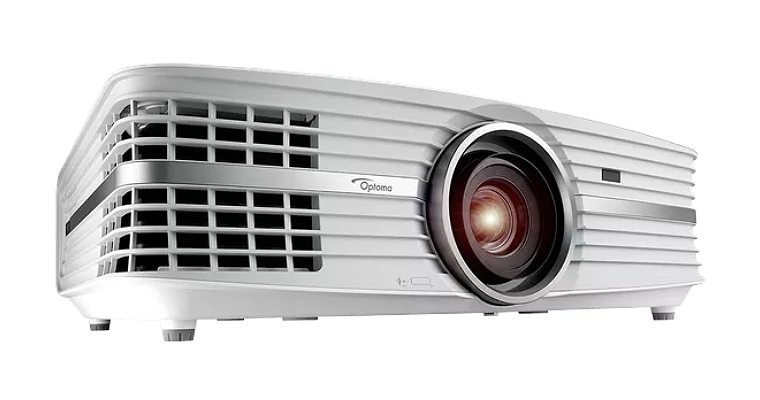- The 2017 Best Home Theater Projectors Report
- 2017 Best Home Theater Projectors Report: List of Winners
- Entry Level - Best Performance: BenQ HT3050
- Entry Level - Best Value: Epson Home Cinema 2040 and 2045
- Entry Level - Value Runner-Up: Viewsonic PJD7822HDL
- Entry Level - Best LED Pocket Projector: AAXA M6
- Entry Level - Projector We Wished We Had Reviewed: Optoma HD142X
- Best In Class - Performance $1000 - $2000: Optoma UHD60
- Best In Class - Value $1000 - $2000: Epson Home Cinema 4000
- Best In Class - Bright Room Value $1000 - $2000: Epson Home Cinema 1440
- Best In Class - Performance $2000 - $3500: Epson Home Cinema 5040UB
- Best in Class - Value $2000 - $3500: Optoma UHD65
- Best In Class - Performance $3500 - $8000: Epson LS10500
- Best In Class - Value $3500 - $8000: JVC DLA-RS400/420
- Best in Class - Value $3500 - $8000: Sony VPL-VW365ES
- Best In Class - Performance $8000+: Sony VPL-VZ1000ES
- Best in Class - Value $8000+: JVC DLA-RS620
- 2017 Best Home Theater Projector Winners - Charts
- 2017 Best Home Theater Projector Comparison Report – Under $1000 Non-Winners
- 2017 Best Home Theater Projector Comparison Report – $1000-$2000 Non-Winners
- 2017 Best Home Theater Projector Comparison Report – $2000-$3500 Non-Winners
- 2017 Best Home Theater Projector Comparison Report – $3500-$8000 Non-Winners
- 2017 Best Home Theater Projector Comparison Report – $8000+ Non-Winners
- Home
- All Reviews
- By Category
- By Manufacturer
- Best Projectors
- Best Projectors By Category
- Best Projectors On Amazon
- Best 4K Projectors
- Best Ultra Short Throw Projectors
- Best Laser TVs
- Best Gaming Projectors
- Best Home Theater Projectors
- Best Projectors Under $1,000
- Best Projectors Under $500
- Best Portable Projectors
- Best Outdoor Projectors
- Best Bright Budget-Friendly Outdoor Projectors
- Best Battery Powered Outdoor Projectors
- Best Outdoor Projection Screens
- Industry News
- Reports
- Projector Manufacturers
- Manufacturer Terminology
- Manufacturers
- Recent Articles
- Custom Integration
- Projection Terms
- Projector Manufacturers Categories
- Videos
- Blog
Close
Menu
- All Reviews
- By Category
- By Manufacturer
- Best Projectors By Category
- Best Projectors On Amazon
- Best 4K Projectors
- Best Ultra Short Throw Projectors
- Best Laser TVs
- Best Gaming Projectors
- Best Home Theater Projectors
- Best Projectors Under $1,000
- Best Projectors Under $500
- Best Portable Projectors
- Best Outdoor Projectors
- Best Bright Budget-Friendly Outdoor Projectors
- Best Battery Powered Outdoor Projectors
- Best Outdoor Projection Screens
- Latest News
- Reports & Guides
- Manufacturers
- Articles
- Custom Integration
- Projection Terms
- Blog
close


